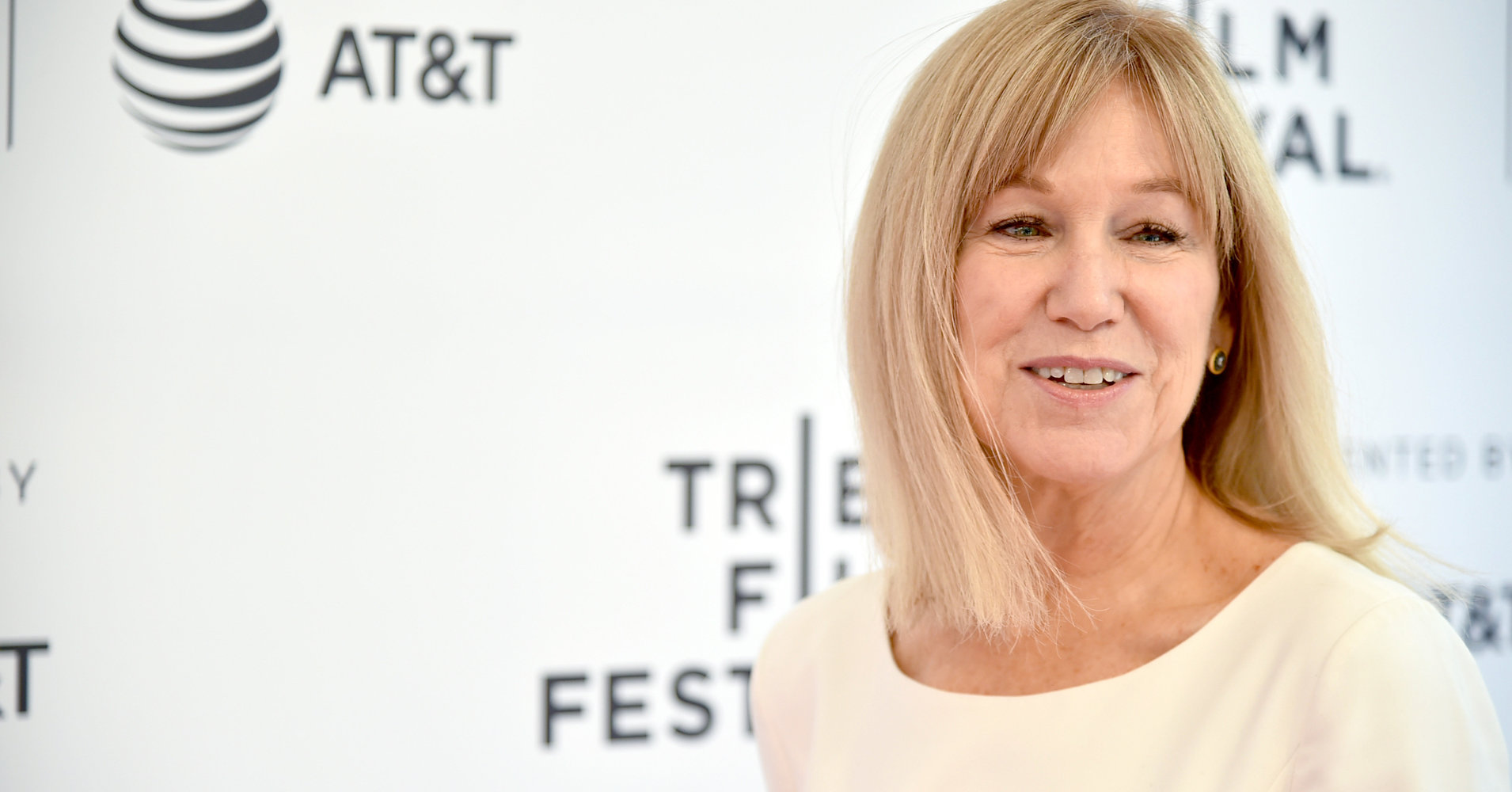[ad_1]
Mary Kay Place has an affinity for Martians. Not the extraterrestrial kind, but the ones living among us. If you’re reading this article, you’re probably one too. For Place, Martians are the people who love her less commercial work ― movies like “Citizen Ruth,” “Being John Malkovich,” “Nine Lives” and the moving drama “Diane,” now open in limited release and available on video on demand.
In a way, anyone who knows Mary Kay Place ― really knows her ― is a Martian. She’s never been splashed across magazine covers or recruited for starry tentpole projects, even though her career spans five decades and includes the soap-opera satire “Mary Hartman, Mary Hartman,” the movies “Private Benjamin” and “Sweet Home Alabama,” three country music albums, writing credits on “The Mary Tyler Moore Show” and “M.A.S.H.,” and a slew of acclaimed TV roles including “My So-Called Life,” “The West Wing,” “Big Love” and “Getting On.” She’s a beloved character actress one shade shy of full-blown fame, and she likes it that way.
Still, that makes it no less surprising to realize that “Diane” is Place’s first lead role in a theatrically released film. Better late than never. She’s incredible as a New England mother struggling to figure out what her senior years should look life. Diane’s facade masks inner turmoil stemming from her drug-addicted son (Jake Lacy), mistakes from her past and the near-crippling passage of time that eventually engulfs us all.
It’s an intimate mood piece worthy of someone who, at 71, has more than earned her place in Hollywood. I talked to her about the movie and her abundant career.
How does it make you feel that this is your first lead role in a movie?
Well, it was exciting when [director Kent Jones] sent me the script and I actually liked it. I thought, “This is challenging, and I’m nervous but I’m excited.” I didn’t know if we’d ever actually get the money to get it made, but it was thrilling, I have to say.
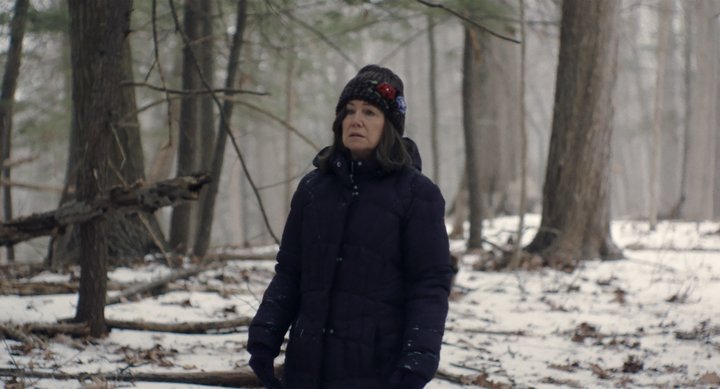
Is it your first because it’s the first that you’ve accepted or the first that you’ve been offered?
I had several people send me scripts that had lead roles in them, but when I read the scripts I didn’t really connect to some of them. It wasn’t like a formal offer, but it was the beginning of the process. But they weren’t appealing to me enough or I didn’t connect to the part or the storyline that much, so I didn’t pursue that path.
As the years progressed, did it ever get under your skin that you weren’t being offered more leads?
No. I was never ambitious like, “Oh, my God, I’ve got to have the lead in a movie.” That never came to mind. I mean, I would have been excited if it had happened and I felt it was the right part for me, but I just was interested in doing scripts that I thought were really, really well-written and were funny or moved me in a certain way or meant something to me. That’s been my goal, and I’ve been grateful to have such interesting parts. Whether it was the lead or not was not my concern. I got the opportunity to make three albums for Columbia Records. I’ve also directed and written. So I feel like I’ve been quite rich in the opportunity department.
There’s a Gena Rowlands quality to your performance in “Diane.” Beyond the script, did you look to anything for inspiration or direction?
No. The script was loaded with things that I could work form. I connected to the community that Diane lived in because my grandparents were from Texas on both sides and my whole life I went to those towns. Even though they were in Texas, they were very much like the communities in “Diane,” which takes place in Massachusetts, because the people did send casseroles and cakes and pies over when someone got sick. So that really appealed to me. I think everyone has connection to addiction in their family in some way, whether it’s in the ancestral part or the immediate part. And the thing of carrying shame and guilt and regret. I think as a human being, we’ve all done that. I just related to it. I worked with my dreams and images, and I had a playlist of music.
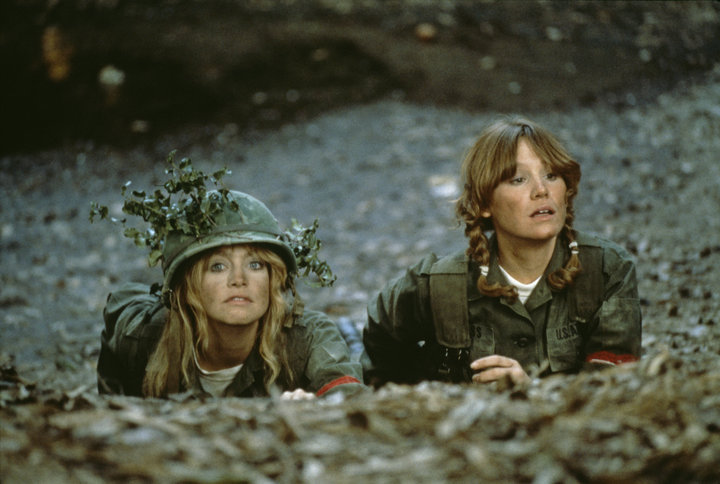
What was on your playlist?
The song “Out in the Woods,” the Leon Russell song, was definitely on it. Some Blake Mills. Here, I’ll look it up right now. I’ll tell you on my Spotify. There was “Aja,” the Steely Dan song. That was in the script, so I was listening to that. I was listening to “Precious” by Annie Lennox. This is odd, I didn’t know some of these were on here. “Seven Years” by Lukas Graham, which I didn’t even know about before I did this. There was something about the passage of time. Rosanne Cash, “I Was Watching You” from “Black Cadillac.” And then Leon Russell, his interpretation of “If I Were a Carpenter.” I love that. And I love “Don’t Tell Our Friends About Us,” Blake Mills. He’s a Nashville singer-songwriter. “It’ll All Work Out.” “River” by Leon Bridges. “Coyote” by Joni Mitchell. “A Song for You.” “A Hard Rain’s A-Gonna Fall” by Leon Russell.
Some of them I would literally dance to at night in the place where I stayed after we’d shoot because I just needed to exercise and get all the sadness out of my body if we’d had an intense shooting day. It may not have been anything literally to do with the film, but songs that brought me energy or joy or moved me in some way.
Do you find that you are often someone who carries the weight of a scene home with you?
I read something in one of the trades one day from Jessica Lange, where she was talking about playing Joan Crawford in that thing she did. She said your body doesn’t know you’re acting. And suddenly it hit me. Yes, we carry this. It’s in our cells when you go dark and deeply into an emotional thing like that, so that’s why I would do the physical dancing, to shake that off. But I’m working on ways to work with that energy because it does stay in your body, I think, for a while. I would do mindful meditation to rearrange the central nervous system a bit.
Most sitcom writers don’t go on to have careers as varied as yours. Do you ever feel surprised by the routes yours has taken?
Well, when I was breaking through, I was utterly surprised. Instead of being a waitress, when I first moved to LA, I got entry-level jobs at CBS Television City because I figured if you’re going to be at the bottom of the barrel why not be in the business that you’re interested in learning about. It seemed less boring than being in a restaurant somewhere.
So I was a clerk and typist in music clearance, and I was a receptionist on the third floor, where I met Tim Conway. I was his secretary for his summer comedy show, then worked for the head writers of “Maude,” with Norman Lear’s “All in the Family” being adjacent to our office. So I got to know that whole world and typed 9 million drafts of various episodes and learned about writing and structure.
I met Linda Bloodworth. I had an idea for something that happened while I was working at CBS for “Mary Tyler Moore Show.” We wrote a spec script. The agents that worked for the head writer of “Maude” said, “Let me read it” and called the next morning at 8 a.m. and said, “We’d love to represent you and Linda.” So all of that was a surprise. Norman Lear put me on “All in the Family” when I was the writers’ secretary because I wrote a song called “When Communism Comes Knocking at Your Door, Don’t Answer It.” So all of these things were utterly surprising, and I did write sitcoms for a while. I don’t think my primary gift is as a writer. I think writing is the most difficult of all of these things. And then I directed at some point, and I learned so much about the big picture, but I think my main gift that I have to offer is as an actor.
Along the way, you worked with the late, great Penny Marshall. Do you have a defining Penny memory?
We played Mary Tyler Moore’s neighbors together early on in my career. There was a group of us from that period of time — Jim Brooks, Charles Shyer, Nancy Meyers, Penny, Carrie Fisher, Teri Garr, Jerry Belson, a lot of writers and directors — that hung out during that period, so I saw Penny frequently in the ’70s, whether it was in New York or in LA.
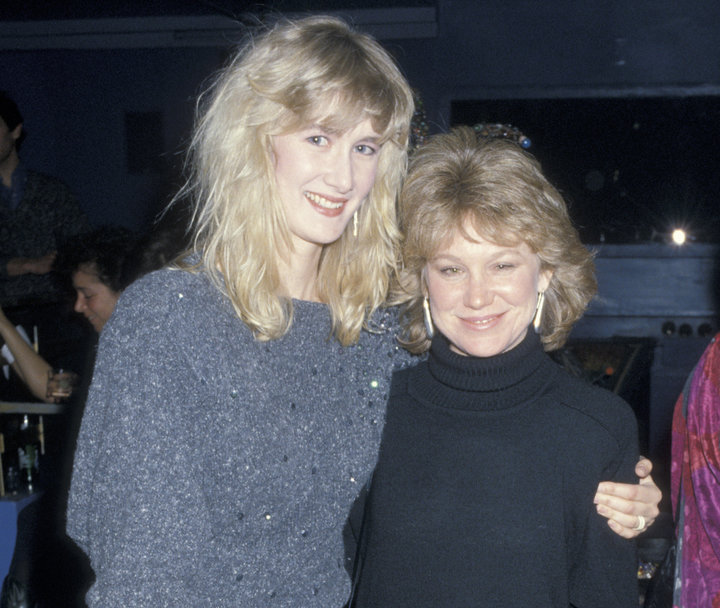
Was she as much of a character as she’s made out to be?
She was always a total character and a lot of fun. I hadn’t seen her in recent years. As we got older, I lived in New York and I was on location a lot. That group didn’t get together every weekend like we did in the early days. It was a different time and a different world in the ’90s and 2000s. But the fact that she and Carrie are gone is just hard to imagine.
And you were asked to be a writer on “Saturday Night Live” when the show first started, right?
Yes, I was. One of my friends, Barbara Gallagher, was one of the first producers. Lorne Michaels asked me, but I was already on “Mary Hartman” at the time, so I wasn’t really available to do that.
Do you ever wonder what your career would look like if you’d been part of the early “SNL” writing team?
I’ve never thought about that because I was so busy with “Mary Hartman, Mary Hartman.” It was also an equally original breakthrough concept. I was so overwhelmed with work and Columbia Records and everything that resulted from that. I never really asked myself that question, but obviously that would have been another whole universe.
You made a stellar string of movies in the late ’70s and early ’80s: “New York, New York,” “Starting Over,” “Private Benjamin,” “The Big Chill,” “Smooth Talk.” But then your big-screen work dried up a bit. Did you feel like something had shifted?
Yes, that was a purposeful situation because in the late ’70s I totally burned out. Between doing five 30-minute episodes every week for “Mary Hartman,” three record albums for Columbia, “New York, New York” and all these movies, I burnt out. I had no education or awareness of the need to restore. I did everything that was offered, and it was too much. My body just stopped and said, “Until you learn how to say no and how to take care of yourself better, it’s too much.” And that was a period of insanity anyway, the late ’70s. In the ’80s, I laid back completely. That was a conscious thing, definitely, because I could not continue that pace. It was too intense. I had some life lessons to learn. I had to go to the next level of consciousness.
That whole group of people that I’m talking about would work all day and go to all these concerts and events at night. And we were young, you know? That’s the time you do it. And the culture was insane at that time. People were burning candles at both ends, day and night. Literally, I paid a price for it, and I really pulled back in the ’80s.
Who were your biggest party buddies?
I’d say that same group: Penny Marshall, Jim Brooks, Jerry Belson, Chuck Shyer, Nancy Meyers. There were many more. I also was making music with Leon Russell and Emmylou Harris, who worked on some of my albums. Linda Ronstadt and all these music people were in the group too. The Eagles, J.D. Souther. There were a lot of different groups depending on what city I was in. There were events and concerts to go to.
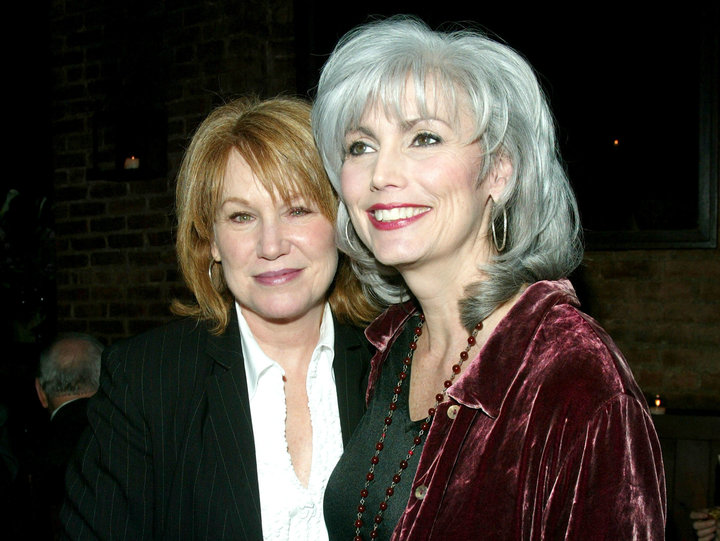
It feels like there was another shift for you around the late ’90s, with “Being John Malkovich” and “Girl, Interrupted.” Then you were here, there and everywhere on television. Did you feel like the needle was shifting back in your favor in terms of what was being offered to you?
When you get a “Being John Malkovich,” you know this is a specific, exciting thing. But nothing ever indicates a shift until it’s many years later. But I must say, for the most part, I did favors. I was in certain movies for certain people as favors or because I thought it was a worthy cause. Or it paid the rent for that period of time because I was busy staying with my grandmother because she was ill. The thing is, yes, there were ups and downs, but I was always learning from the different projects, whether they were highly acknowledged or they were just little indie films. There was always something that I gained from the experience.
You did something in the ’80s called “The History of White People in America.” I wonder if that was ahead of its time.
I loved doing it, and I loved doing it with the people who were in it, who were all amazing, talented comedy people. I have a history of doing what I call Martian projects, as opposed to civilian projects or mainstream projects. That was another Martian project, like “Being John Malkovich” and “Citizen Ruth.” I’ve done a string of those kind of things. They’re known by a certain other fellow Martian group of people that we have all over the world. In every corner, there’s the Martians and the civilians, and the Martians will always know about those projects and the civilians rarely know about those projects.
The attention things get doesn’t really concern me; it’s none of my business. The doing of the project and that it exists on the planet is what interests me. It’s so fun to see who the civilians and Martians are.
Do you feel like you’re mostly working in civilian territory these days?
No, I try to add a little Martian element wherever I can. Now, “Diane” is definitely Martian. It’s not a mainstream movie, but I interject into these civilian projects that I am in some Martianism, definitely.
You and Lily Tomlin made an HBO series together that sounds hilarious and fascinating. Why did it never air?
I have no idea. That is a mystery to me. It was some kind of political thing with new regimes coming in. But I know there was some really funny stuff in that show we did. It was about politically incorrect people. I haven’t seen it in so long I have no idea how it would play with today’s sensibilities. But I know the show was really funny in places. We had a blast doing it.
This interview has been edited and condensed.
CORRECTION: A previous version of this story misstated the name of J.D. Souther as J.D. Salinger.
[ad_2]
Source link

